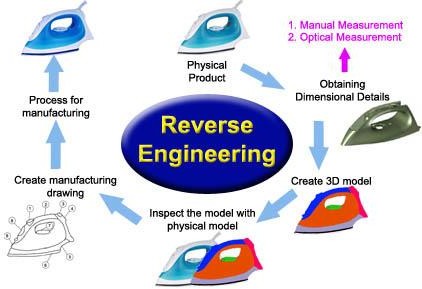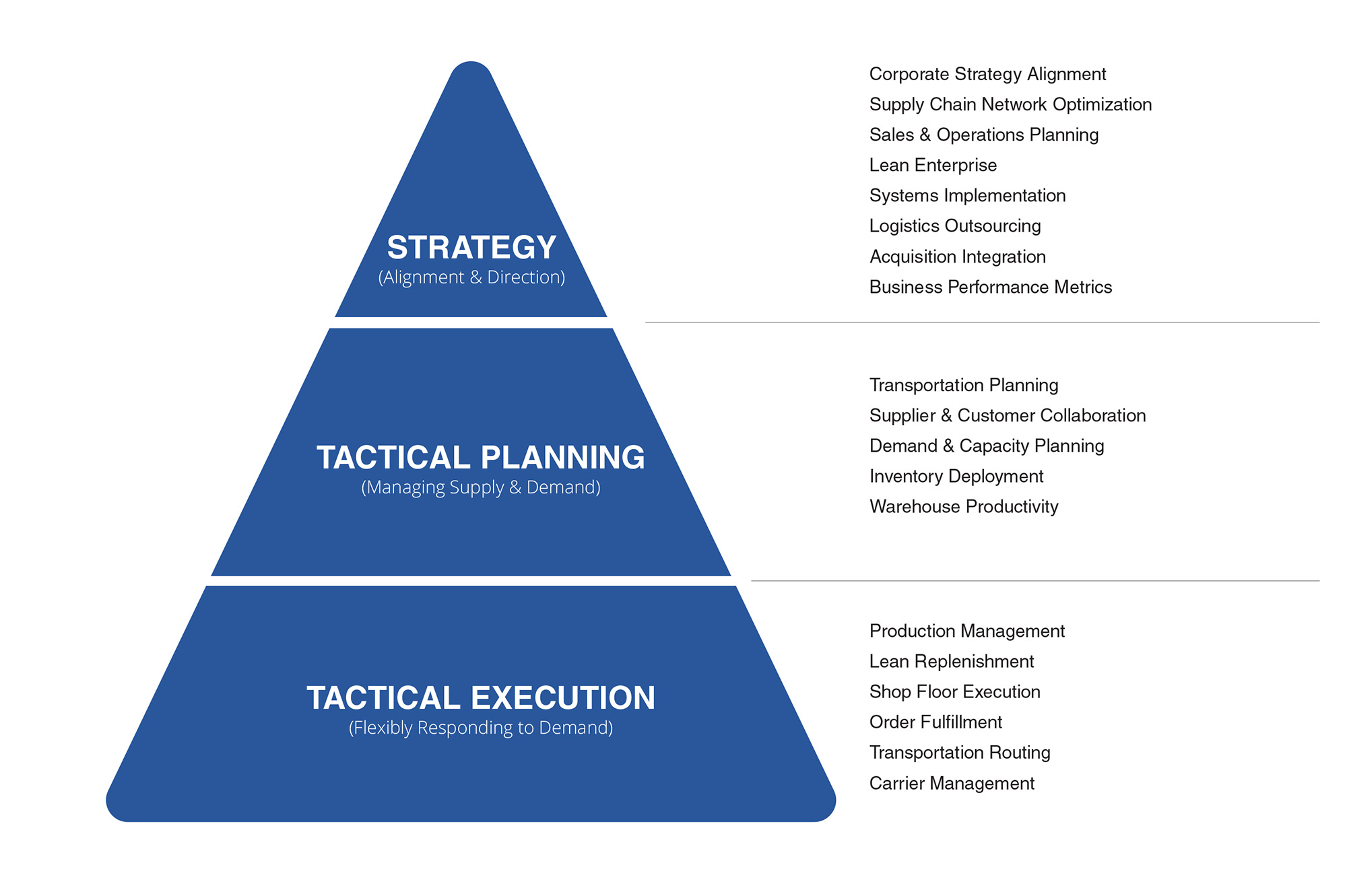Understanding Reverse Engineering in Business Strategy:

In the dynamic business landscape, companies are constantly seeking ways to stay competitive and gain an edge over their rivals. One effective approach in this pursuit is the tactical employment of reverse engineering as a strategic tool. Reverse engineering involves disassembling and analyzing a product, process, or service to understand its design, functionality, and underlying principles. By delving into the inner workings of a competitor’s offering or an industry-leading innovation, businesses can extract valuable insights to inform their own strategies and develop improved products or services.

The Multifaceted Advantages of Reverse Engineering:

-
Competitor Analysis and Benchmarking:
Reverse engineering enables companies to meticulously examine their competitors’ products and services, dissecting their strengths, weaknesses, and unique features. Through this process, businesses can identify industry best practices, gain insights into emerging trends, and uncover potential gaps in the market, allowing them to position their offerings strategically. -
Innovation and Product Development:
Reverse engineering opens up avenues for innovation by providing a foundation for developing new products or improving existing ones. By learning from the successes and failures of competitors, businesses can leverage their findings to refine their designs, incorporate new features, and enhance their offerings’ overall quality and performance. -
Cost Reduction and Efficiency Optimization:
Through reverse engineering, companies can scrutinize the production processes and supply chains of their competitors or industry leaders. This analysis can reveal opportunities for cost reduction, optimization of manufacturing techniques, and identification of potential inefficiencies. By implementing these insights, businesses can streamline their operations, reduce costs, and improve overall efficiency. -
Identifying Potential Vulnerabilities:
Reverse engineering can play a crucial role in identifying potential vulnerabilities in products, processes, or services. By thoroughly examining competitor offerings, businesses can uncover potential security risks, design flaws, or weaknesses that could be exploited by malicious actors. This information can be leveraged to enhance the security and resilience of their own offerings, safeguarding against potential threats or disruptions. -
Vendor and Supplier Evaluation:
Reverse engineering provides an opportunity to assess the quality and reliability of components, materials, or services sourced from vendors and suppliers. Companies can analyze the construction and performance of these procured elements to identify potential issues or areas for improvement. This evaluation can inform decisions related to supplier selection, contract negotiations, and quality control processes.
Harnessing Reverse Engineering for Strategic Advantage:
-
Selective Application:
Reverse engineering should be employed judiciously and strategically, focusing on specific products, services, or processes that align with a company’s long-term goals and objectives. This targeted approach ensures that resources are directed towards areas where reverse engineering can deliver maximum impact. -
Ethical and Legal Considerations:
Companies must adhere to ethical and legal boundaries when engaging in reverse engineering. It is crucial to respect intellectual property rights and avoid infringing on patents, copyrights, or trademarks. Businesses should prioritize fair play and ethical conduct while seeking to gain insights from competitors’ offerings. -
Collaboration and Knowledge Sharing:
Reverse engineering can foster collaboration and knowledge sharing within an organization. By involving cross-functional teams in the analysis process, companies can cultivate a culture of innovation and learning. The exchange of ideas and perspectives can lead to novel solutions and enhanced decision-making. -
Continuous Improvement and Adaptation:
Reverse engineering should be an ongoing process, allowing businesses to adapt to changing market conditions, technological advancements, and evolving consumer preferences. Regularly monitoring and analyzing competitor offerings and industry trends ensures that companies stay ahead of the curve and maintain a competitive edge.
In conclusion, reverse engineering, when employed strategically and ethically, can be a powerful tool for businesses seeking to gain insights, innovate, optimize processes, and stay competitive. By delving into the intricacies of competitor offerings or industry-leading products, companies can extract valuable knowledge that fuels innovation, drives efficiency, and enhances their overall strategic positioning.


Informative article on using reverse engineering to improve business strategies!
Amazing! never think about it! I’ve found it fascinating how reverse engineering can empower businesses!
Well written and insightful – great job explaining the benefits of reverse engineering in business strategy!
Interesting idea, but not sure about the effectiveness of reverse engineering in business – needs more evidence!
Can you provide more examples of how reverse engineering has been used successfully in business?
I disagree with the article’s conclusion – reverse engineering is not always ethical or effective!
Of course, reverse engineering is a great idea – let’s just ignore the potential legal and ethical issues!
Wow, amazing discovery! Reverse engineering – the ultimate shortcut to business success!
Reverse engineering in business? That’s like trying to build a car by taking apart a tricycle!
This comment section is more entertaining than the article itself!